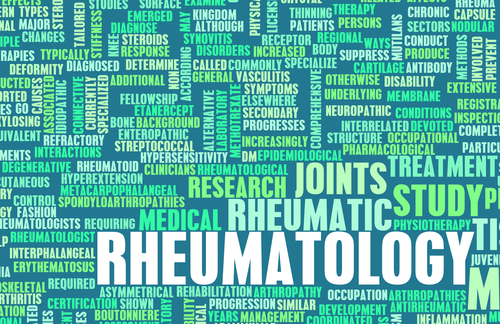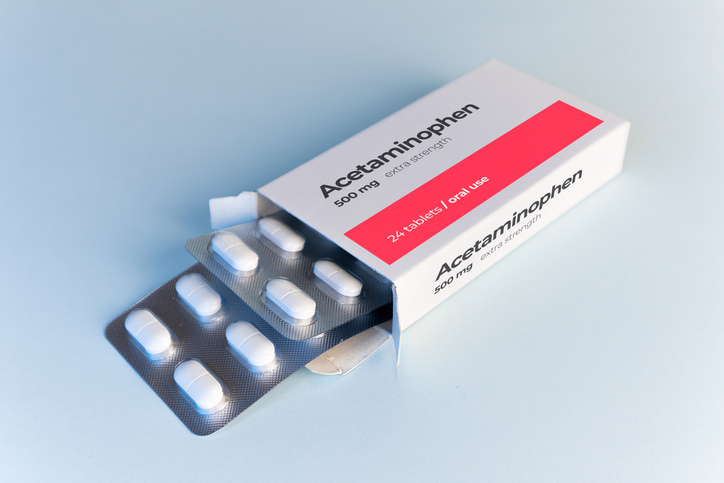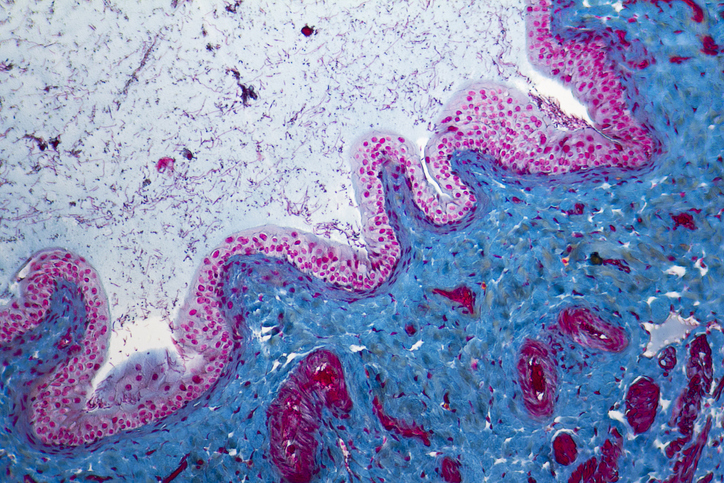
Bimekizumab demonstrated sustained efficacy for the treatment of active axial spondyloarthritis (axSpA) through 52 weeks, according to results from a phase 3, randomized, controlled trial. The findings were published in Annals of the Rheumatic Diseases.
Bimekizumab is a monoclonal antibody selectively inhibiting interleukin (IL)-17F and IL-17A, which are related to the pathogenesis of axSpA. Preclinical studies have found that treatment with bimekizumab is associated with reduced inflammation and pathological bone formation compared with IL-17A inhibition alone. BE MOBILE 1 and BE MOBILE 2 were both 16-week, double-blind, placebo-controlled trials followed by 36-week maintenance periods. The primary end points were improvement in Assessment of SpondyloArthritis International Society criteria by ≥40% (ASA40) at week 16. Other outcomes were clinical response, disease activity, patient-reported outcomes (eg, pain, physical function, quality of life), enthesitis swollen/tender joint counts, and incidence of treatment-emergent adverse events (TEAEs).
BE MOBILE 1 randomized 254 patients with nonradiographic axSpA (nr-axSpA) to bimekizumab 160 mg or placebo every 4 weeks. A total of 96.0% completed the double-blinded treatment phase to week 16, and 86.6% (n=220) completed to week 52. BE MOBILE 2 randomized 332 patients with radiographic axSpA (r-axSpA) to bimekizumab 160 mg or placebo every 4 weeks. A total of 97.0% of patients completed treatment through week 16, and 89.8% completed through week 52. The primary reason for withdrawal past week 16 was withdrawal of consent in BE MOBILE 1 (4.7%) and adverse events in BE MOBILE 2 (3.3%).
The primary end point was met in both studies (P<.001), with rapid onset. For patients initially randomized to bimekizumab, rates of ASA40 at week 16 were 47.7% for the nr-axSpA cohort and 44.8% in the r-axSpA cohort. At week 52, rates of ASA40 in these patients were 60.9% and 58.4%, respectively. Improvements in Ankylosing Spondylitis Disease Activity Scores, high-sensitivity C-reactive protein levels, and inflammation of the sacroiliac joints at spine at week 16 were also sustained to week 52 in patients who were initially randomized to bimekizumab. Among the patients who switched from placebo to bimekizumab at week 16, ASA40 responses at week 52 approached (nr-axSpA: 50.8%) or surpassed (r-axSpA: 68.5%) levels of the patients who were initially randomized to the treatment arm.
Incidence of TEAEs was in line with the previously reported profile for bimekizumab. At least 1 TEAE was recorded in 75.0% and 75.5% of nr-axSpA and r-axSpA patients, respectively, with serious events occurring in 3.7% and 6.1%, respectively.
“Dual inhibition of IL-17A and IL-17F with subcutaneous bimekizumab 160 mg [every 4 weeks] led to sustained and consistent efficacy in patients with nr-axSpA and r-axSpA across the domains of axSpA over the 52-week period,” the authors concluded. “The safety profile over 52 weeks was consistent with previous evidence on bimekizumab from phase 2b/3 studies in axSpA and phase 3 studies in psoriatic arthritis.”







 © 2025 Mashup Media, LLC, a Formedics Property. All Rights Reserved.
© 2025 Mashup Media, LLC, a Formedics Property. All Rights Reserved.